Often asked about my favorite places to go, and moreover, favorite places to eat, I find myself talking about Helsinki. Younger and more innovative than trend-driven neighbors Copenhagen and Stockholm, Helsinki’s established and rising culinary stars are making a special kind of magic. It’s something to do with marrying influences from both East and West, and certainly reflective of its natural proximity to both sea and forest. There’s a fresh and hyper-local feel to modern menus in the capital, evocative of the country’s ancient foraging culture and reverence for nature; but there’s far more to it than picking mushrooms and berries. So many natural wine dens, bistros and bakeries are saved in my Instagram, it’s overwhelming.
What luck, then, that the city is the birthplace of World of Mouth, an app that exists purely to help people find the very best places to eat — not just in Finland, but around the world. Creative director Kenneth Nars showed me the most innovative eateries in his hometown using what he proudly claims to be “the world’s most reliable restaurant guide” — his own.
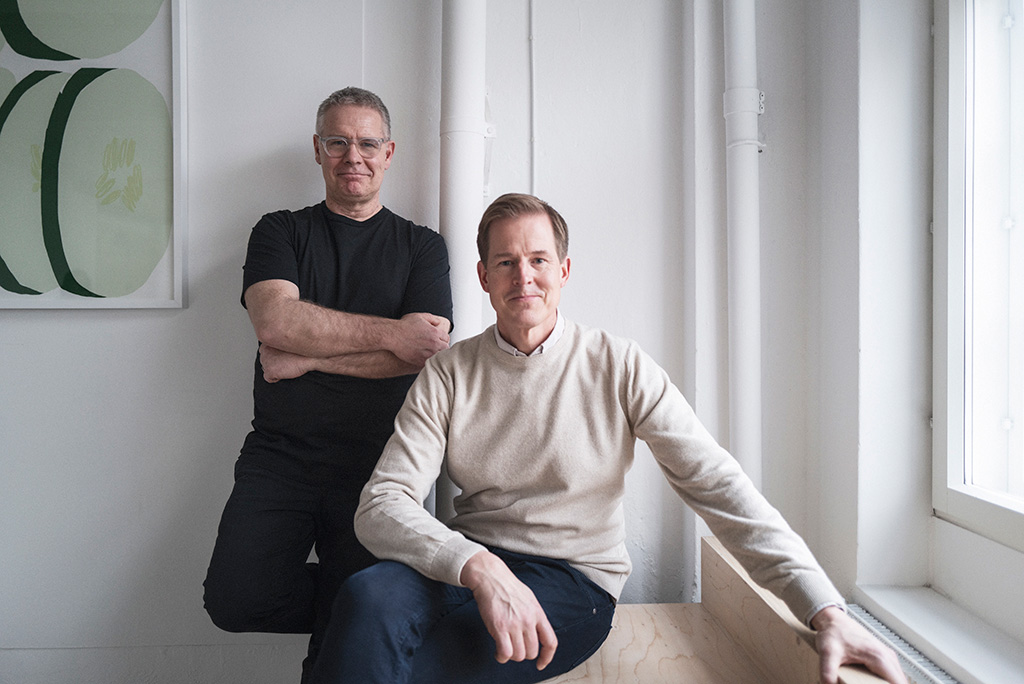
(Anton Sucksdorff)
“Until now, Finland has been like the younger brother on the backseat, joining the ride of the ‘new Nordic’ journey,” Kenneth told me as we ordered pastries and flat whites at chi chi St. George Bakery, part of artsy Hotel St. George, my digs for the week. We passed under an Ai Weiwei sculpture hanging from the ceiling as we took a turn around the art-filled hotel.
“Now, it’s becoming more popular. Particularly with global warming. More people are discovering the country because it’s pleasant here in summer — then finding it has a lot to offer.”
With Kenneth’s guidance, I got comfortable with his app, divided into Experts (more than 600 tastemakers put together the 13,000-strong restaurant guide spanning 2,200 cities), Destinations, Restaurants and Articles. You can create your own Wishlists and Collections, but my favorite aspect is the adjoining podcast — perfect for people (read: nerds) like me who love to immerse themselves in a place while they’re walking around it for the first time. Chefs, restaurant columnists and hospitality heavyweights add their recommendations in key cities from Antwerp to Istanbul, Chicago to Lima, Dubai to Melbourne. I liked it immediately.
Feeling adventurous, I opted to start my exploration of Helsinki at Skutta, an off-the-wall bistro championing everything pickled, fermented and just-picked. “Cava or Pét Nat?” the server began.
“It’s funny to the Finns that the foraging concept is trendy now. Herbs and things almost became a forgotten tradition. Places like this are doing what they have always done,” Kenneth said as we rolled up our sleeves to eat “Finnish tacos” — unctuous duck “two ways,” rolled up in a gloriously carb-heavy potato wrap. Later the chef wandered over with a special plate, called “Meadow Sweet” — ice flecked with small dots that I quickly determined to be frozen ants.
“Where do you get the ants?” I pressed. “Where I live,” the chef explained. “If it’s a sunny day, it’s better. I put them in the freezer and they go to sleep.”
All made sense when Kenneth explained that “Skutta” is slang for “the forest,” a wry nod to the act of foraging. Our 69 Euro tasting menu took in “ethical local parsnip,” seaweed and egg, and beef tartare with fermented pine cones, finishing with lashings of painstakingly made rose liqueur. The meal was inventive, if unconventional — and the chef self-assured.
“Finland is not ‘pan-Nordic’” Kenneth explained, referencing a tired phrase he hears too often. “The Finns might be bilingual [approximately 5 percent are native Swedish speakers], but they’re doing their own thing. The Russian influence, in just a few years, has been lost. The Russian minority in Helsinki has historically been culturally important — Russian cuisine should be more prominent because of this — but sadly it’s going down.”
On Kenneth’s advice, I hired a blue Mini convertible through a handy, sustainably minded car-sharing app called Gomore, and found myself driving two hours South West, in search of another highly individual chef named Sami Tallberg. The foraging expert — who trained under revered British chef Mitch Tonks — says nature provides “pure luxury.” Seated at his beautiful restaurant Ateljé Sami Tallberg x Söderlångvik, housed within a fire engine red building in an apple orchard, I leafed through one of his shiny cookbooks.
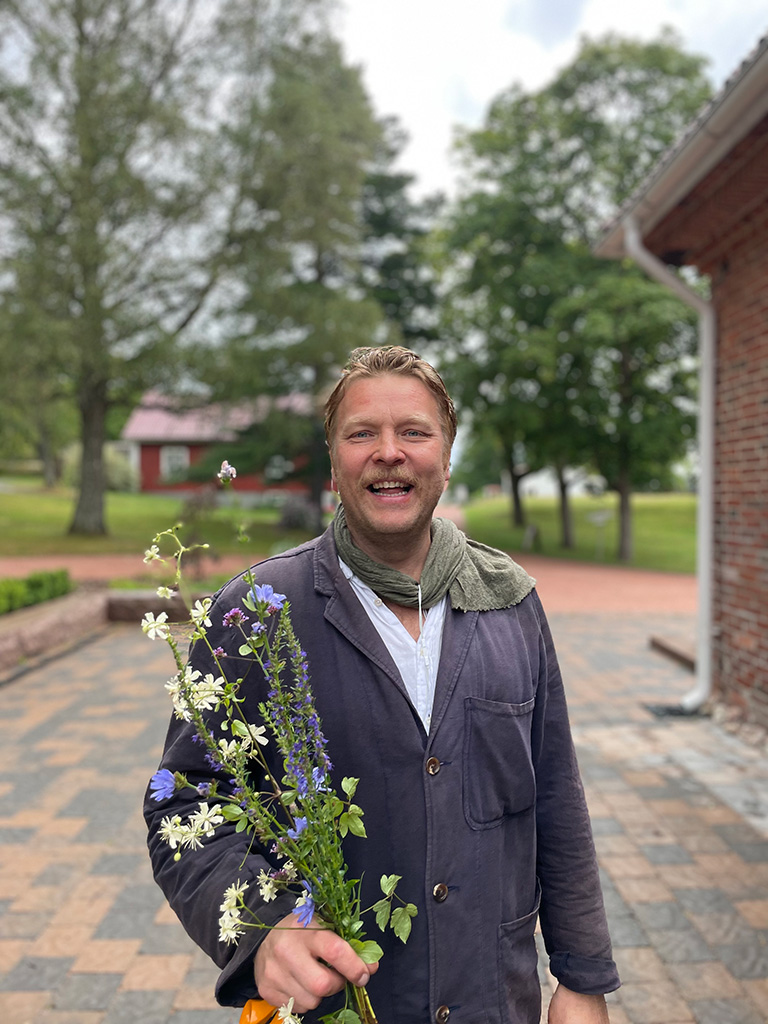
“When collecting wild food we all have an opportunity to deepen our connection with nature, share information about it with one another, teach what we learned to our descendants, feel good both in the mind and the body — and be at one with everything,” Sami writes.
Walking towards me in person, a huge smile lit up his face, delighted I’d made the journey to try his deft cooking — and so was I . Everything from the techno music blasting from the kitchen down to the homemade sauces named after his beloved wife carry a deeply personal touch.
“You need some Muscato with your bilberries and meringue. After that, I’m going to bring you some tea, so you can try my wild herbs.”
I was starting to gain an understanding of the Finns’ somehow intangible, yet identifiable approach to modern day cooking — inspiring and joyful choices centered on abundant local produce, celebrating life. Kenneth reminded me that sustainability emerged as a key trend in World Of Mouth’s Global Culinary Report, released at the end of 2023. Stuffier traditional ingredients like caviar are seeing a decline in popularity as restaurant proprietors see what they can find close by.
On the way back to central Helsinki, the app pointed me towards the 1912 mansion turned boutique hotel and wellness space, Billnäs Gård. “We serve Finnish-French homemade delicacies, which our guests share in large bowls as part of our ‘social-dining’ concept,” explained co-owner Chris Langenskiöld. I saw this trend echoed at Restaurant Elm when I got back in town, a light-filled neighborhood space within a traditional wooden house, also run by passionate immigrants — the same founders behind Finland’s Restaurant of the Year 2022, Nolla (‘zero’ in Finnish). Each proprietor proudly combines their own heritage and homespun flavors with Finnish values, environmental awareness driving their output.
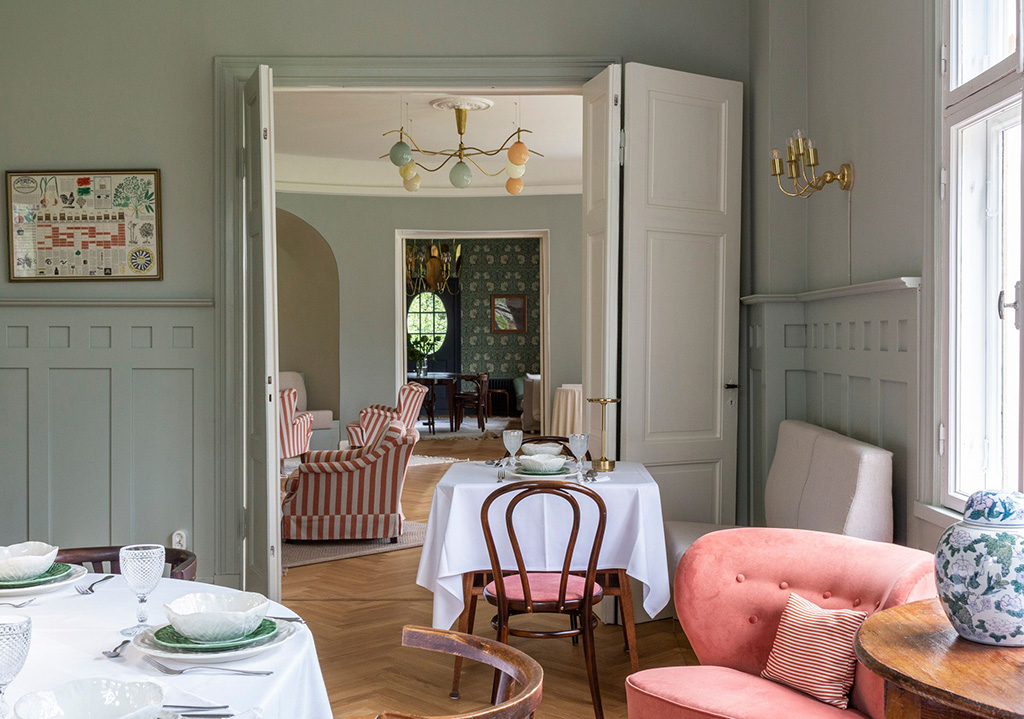
I met Nolla and Restaurant Elm co-founder Albert Franch Sanyer for a bowl of pasta at Way Bakery, another cutting edge venue switching things up, with natural wines sitting alongside hearty lunch dishes, gourmet cookies and croissants.
“Nolla has been challenging plastic packaging for a long time. We were the first zero-waste restaurant in the Nordic region. Imagine, a compost machine in the dining room.” He recommended a spot receiving a lot of hype, called LKK — short for Luovuus Kukkii Kaaoksesta. “It’s a fun place.” Another spot to be found on Kenneth’s app, and the last on my (increasingly long) list.
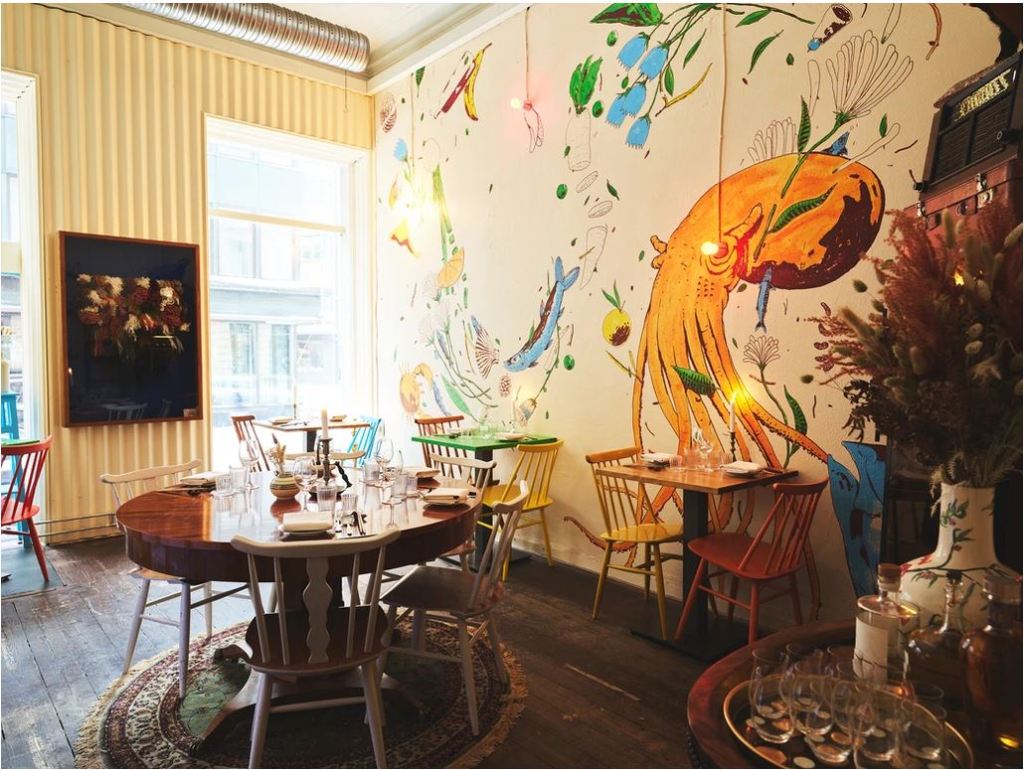
“What do you need for a good Finnish restaurant?” my server laughed a few hours later, gesturing at his workplace’s irreverent signage, and busy walls covered in multi-colored bric-a-brac. “A few dirty jokes, simple food, great music — and a loose hand when pouring!”
Finishing my final night with cocktails and sake in LKK’s standing corner bar, my liver feeling the effects of a week’s wine pairings, I did think of one section World Of Mouth could do with than adding — local cab services. And gyms, now you’ve got me started…
What to eat in Helsinki
Still hungry? Add these spots to your World of Mouth Wishlist.
BasBas Kulma — this bistro-cum-drinking den is one of the hardest places to book in town. Go for legendary pasta dishes and out-of-this-world skin contact wine.
Sörkan Rinkula — boiled in bubbles, baked in heat — the best bagel I can remember eating in a very long time.
Kuurna — a sustainably minded neighborhood bistro with a seasonal menu that changes every three weeks.
Harju8 — the trendiest natural wine spot to start a boozy night in Kallio.
Forza — world-class pizza promises to soak up your excesses.
Rolling Cheese — grilled cheese sandwiches made by gods.
Amy was a guest of Visit Finland and World of Mouth.



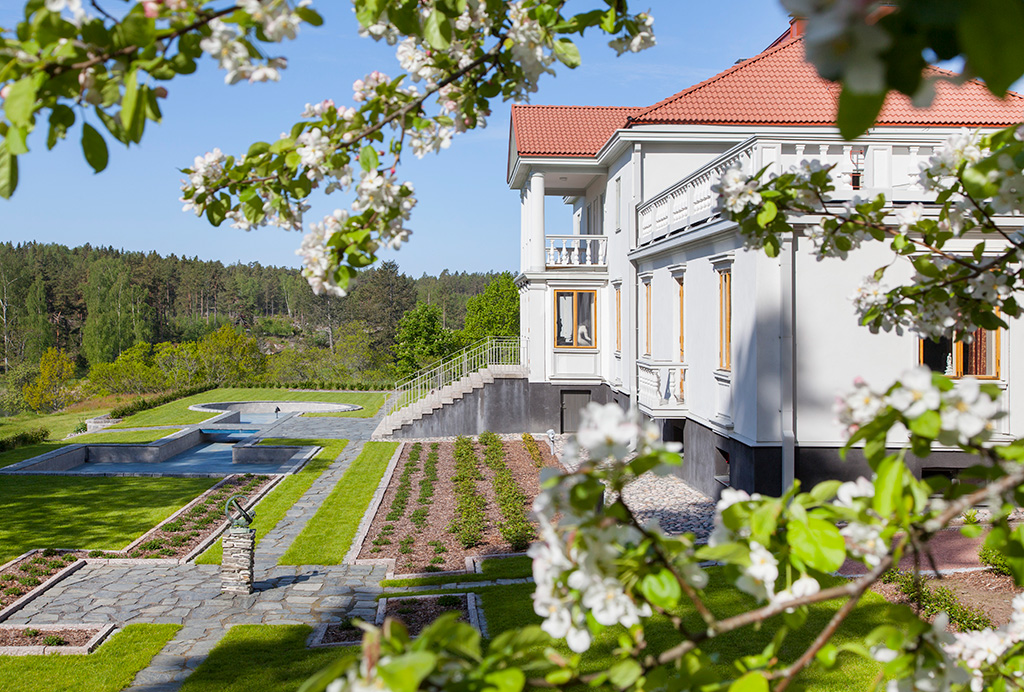







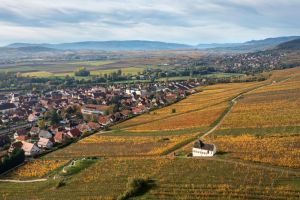

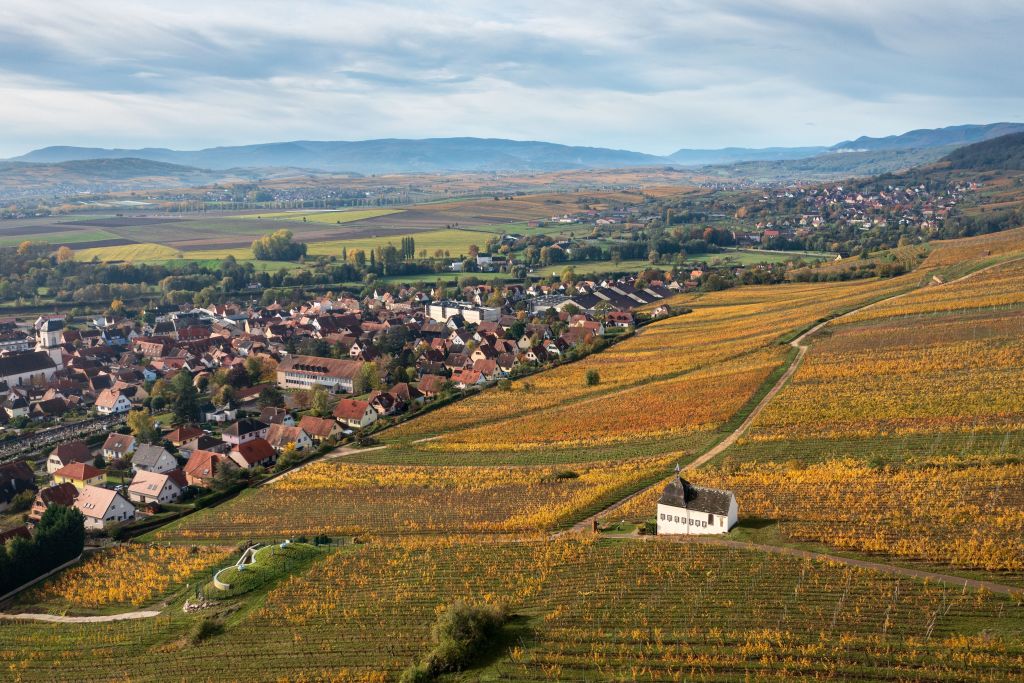
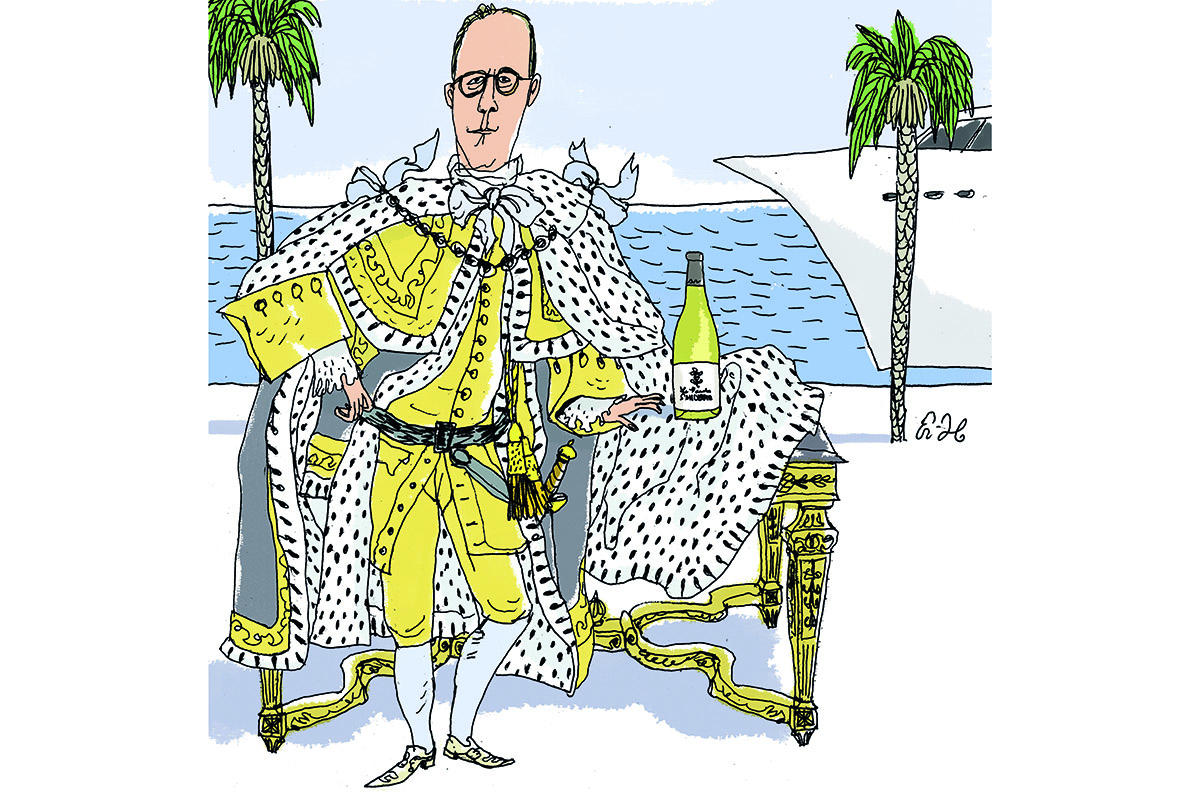

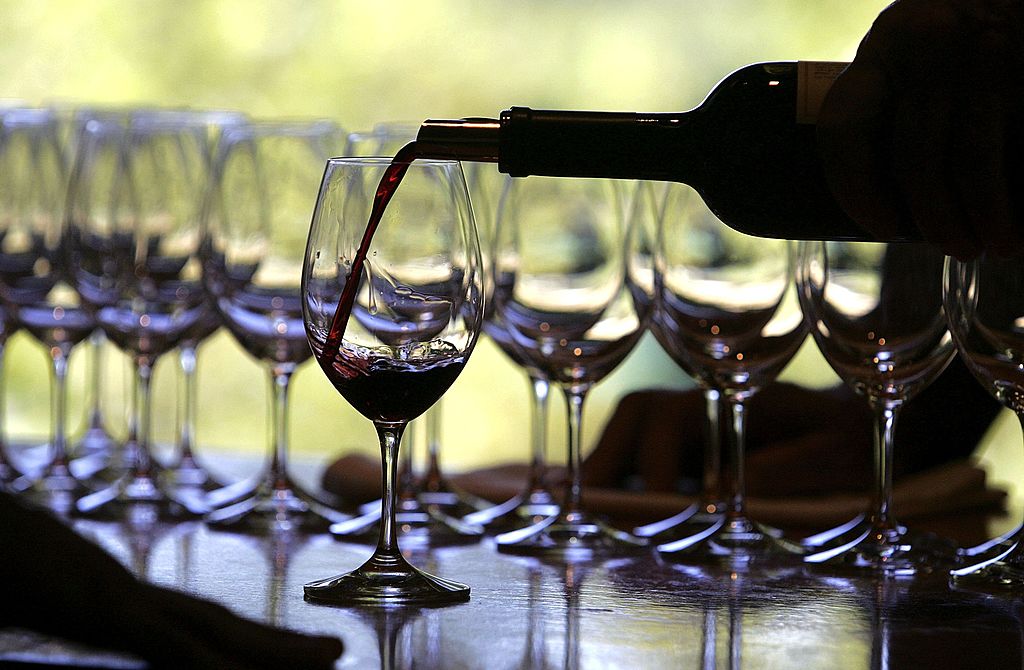

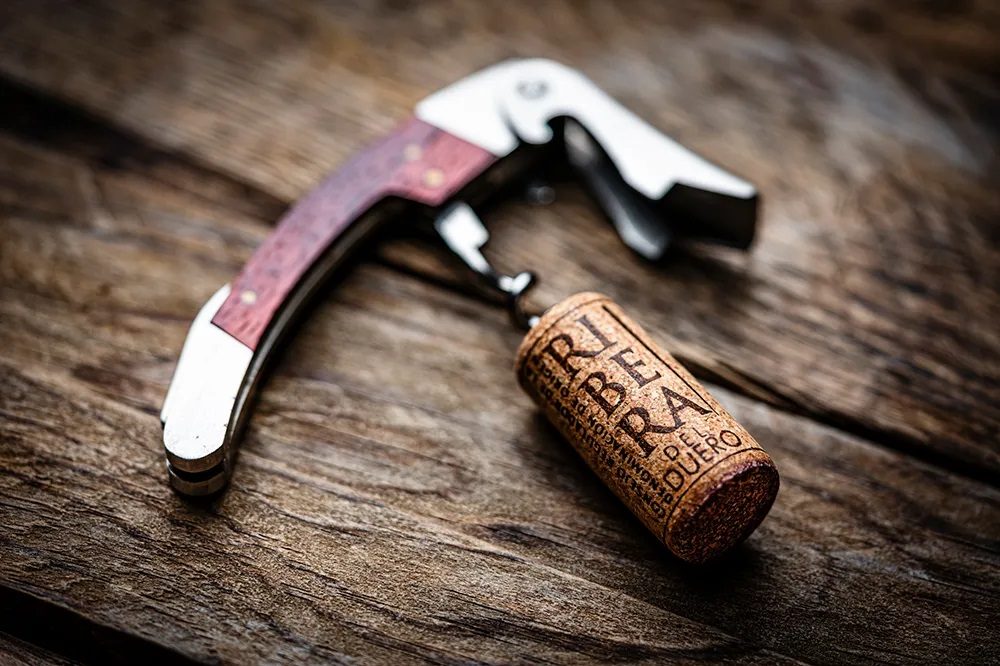







Leave a Reply